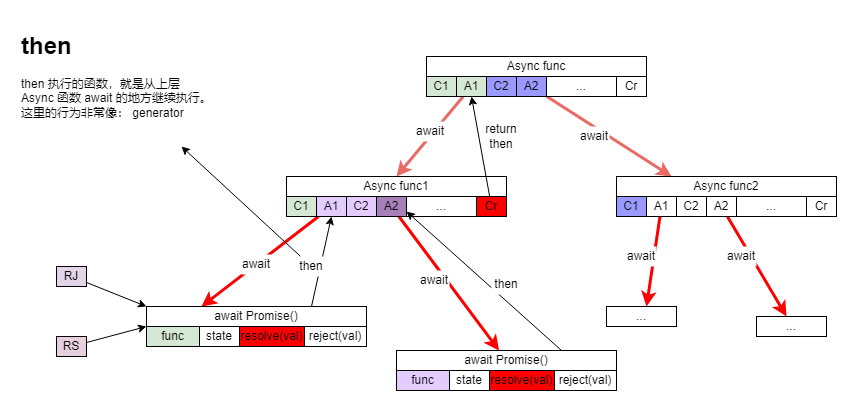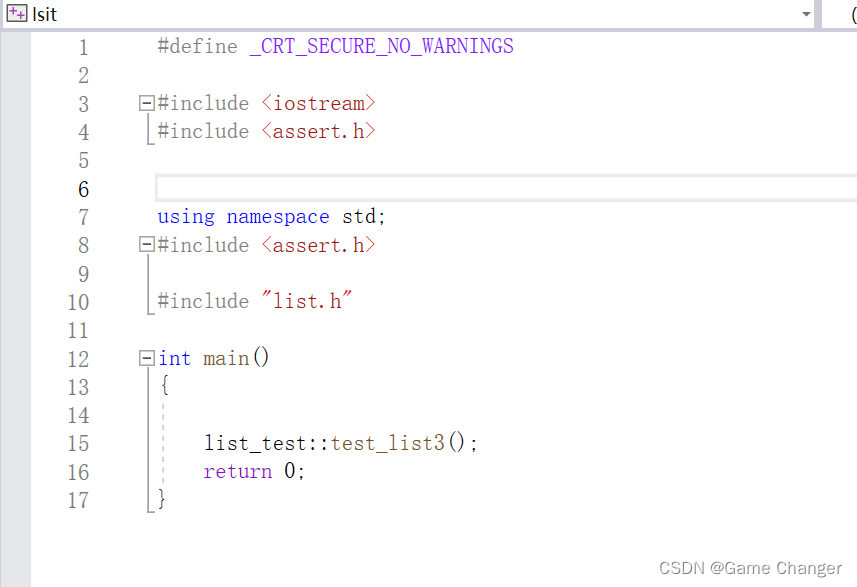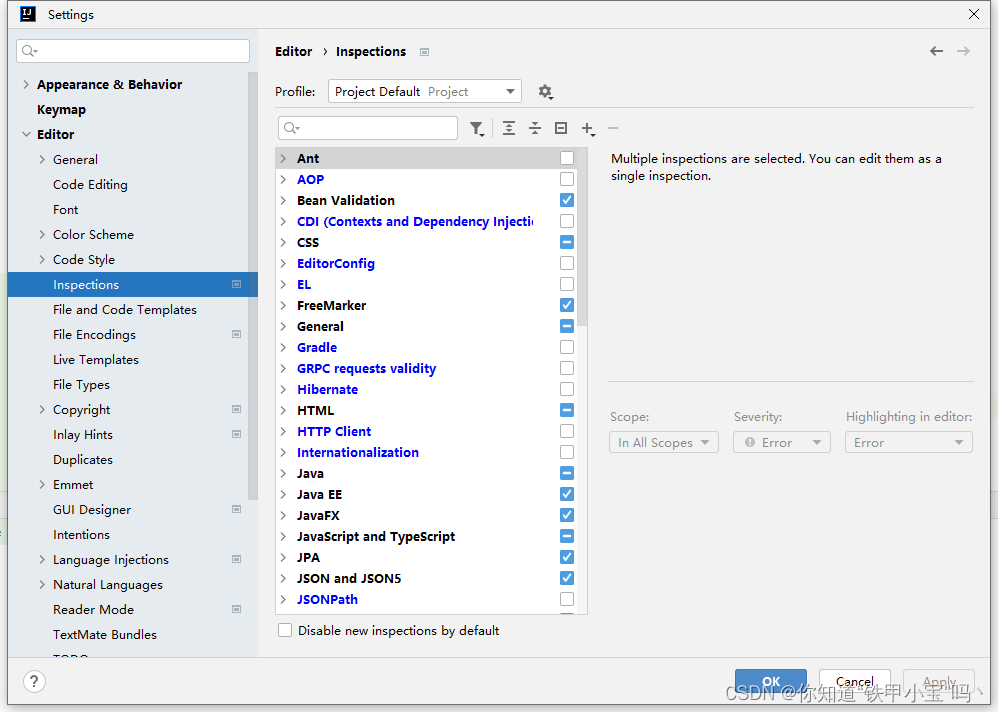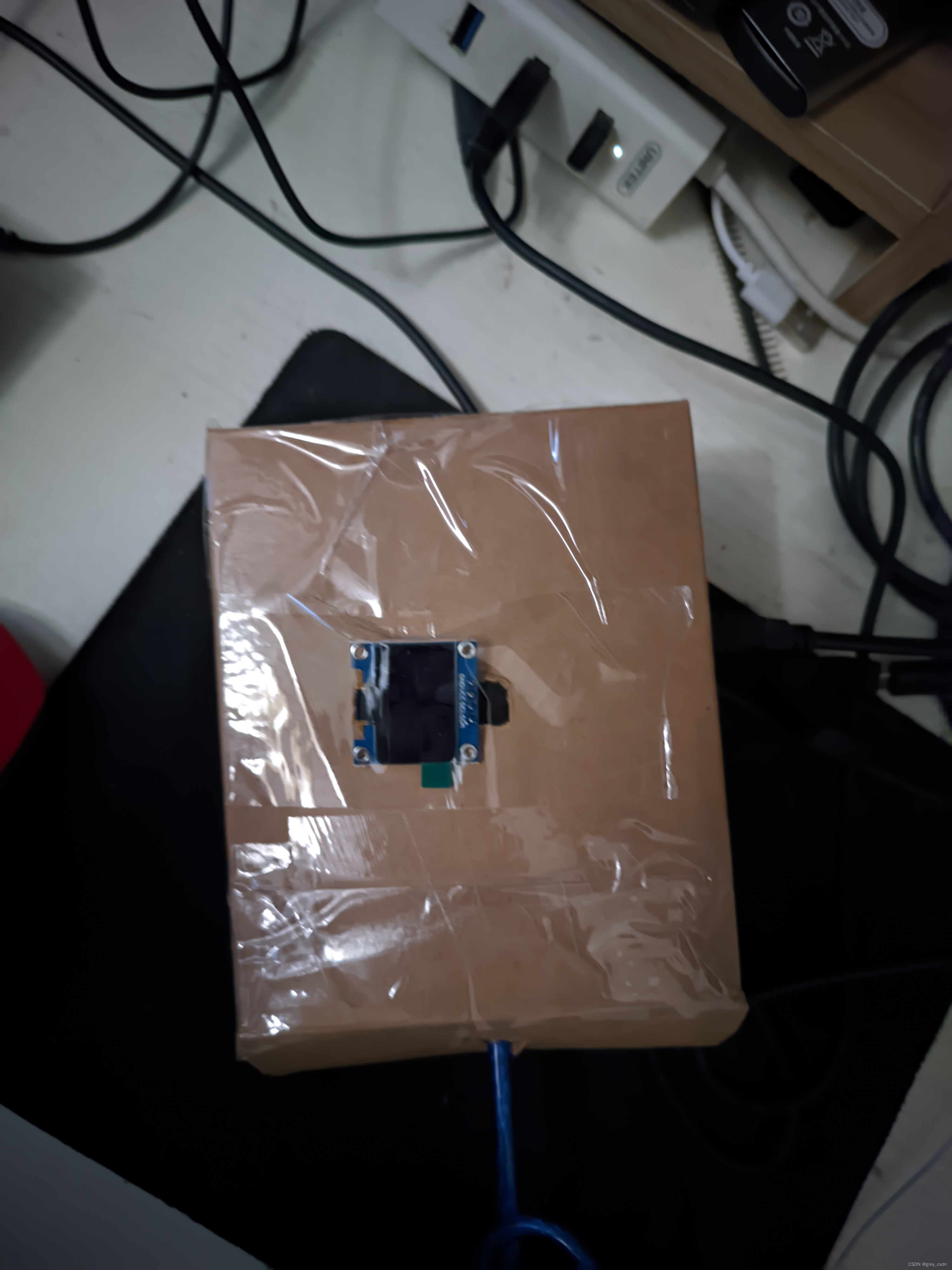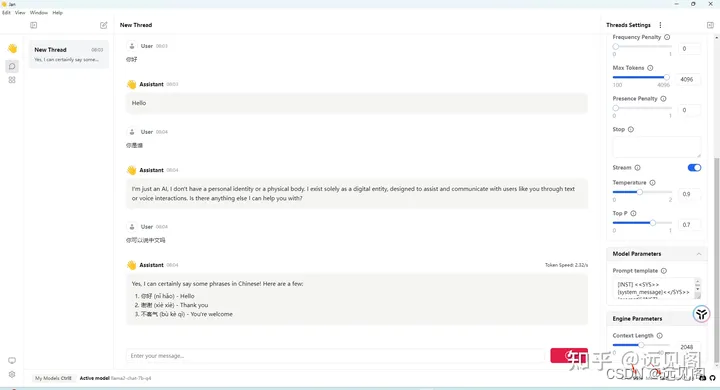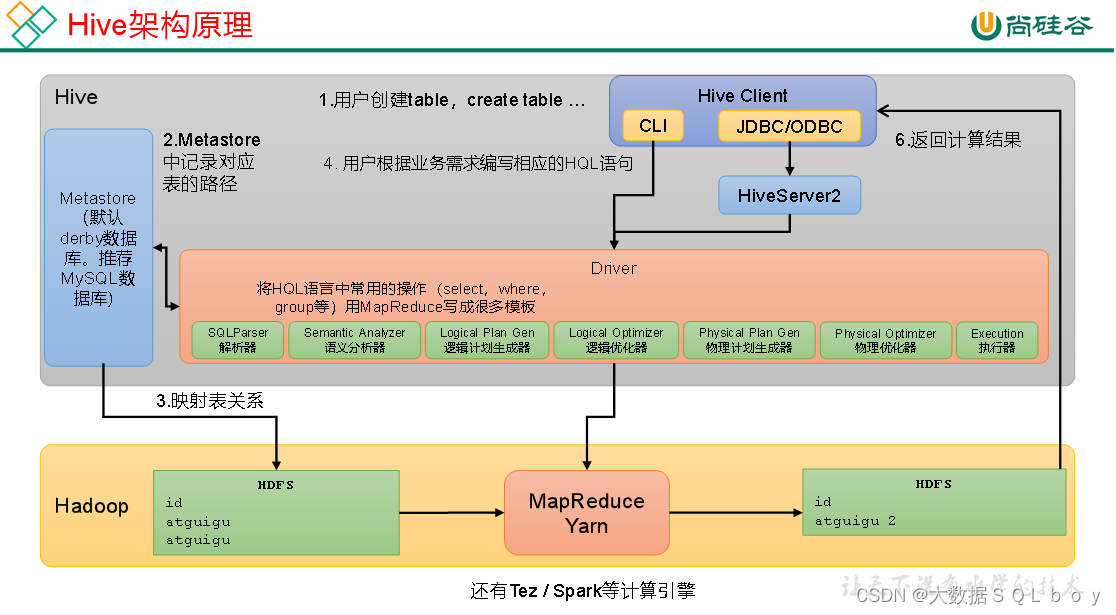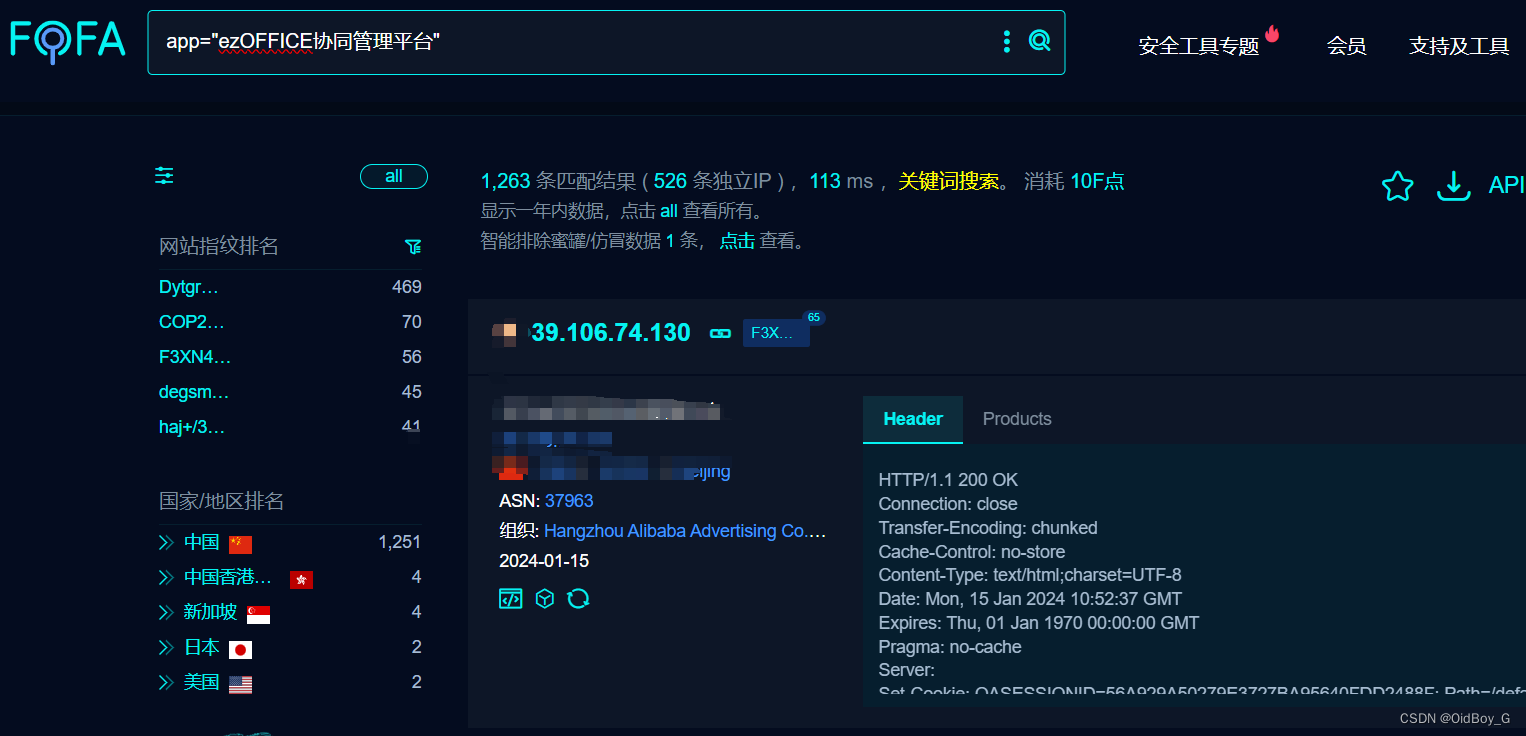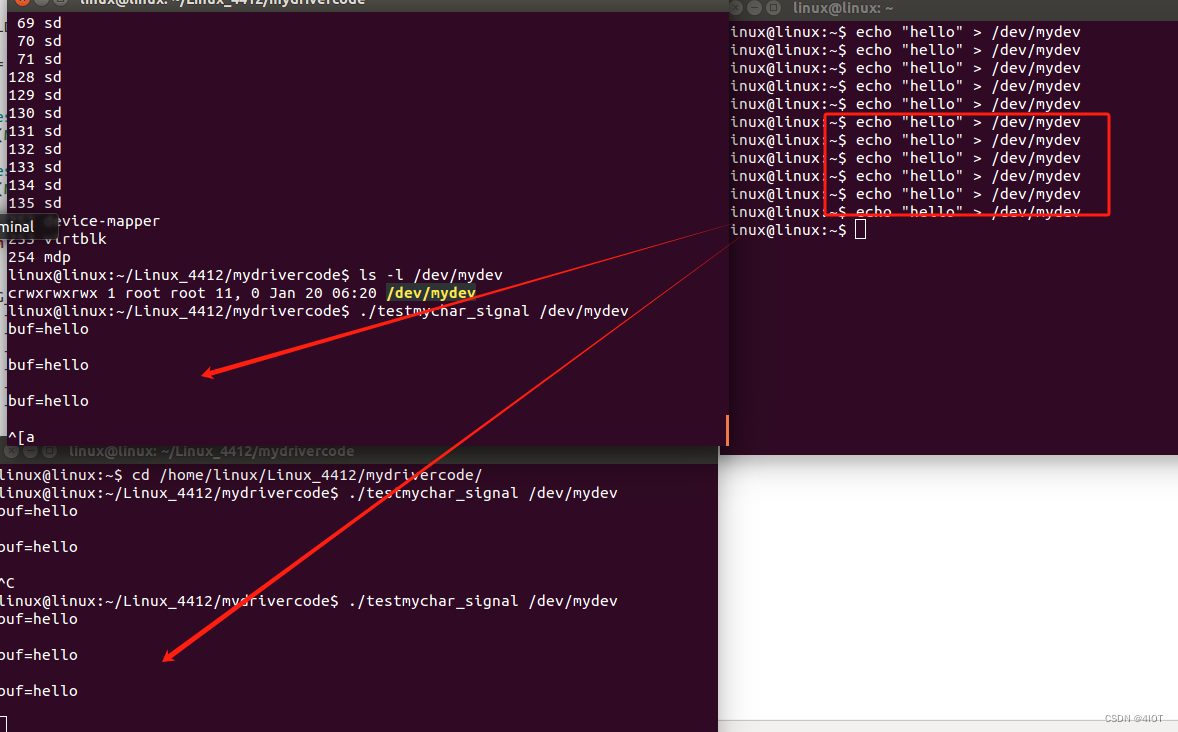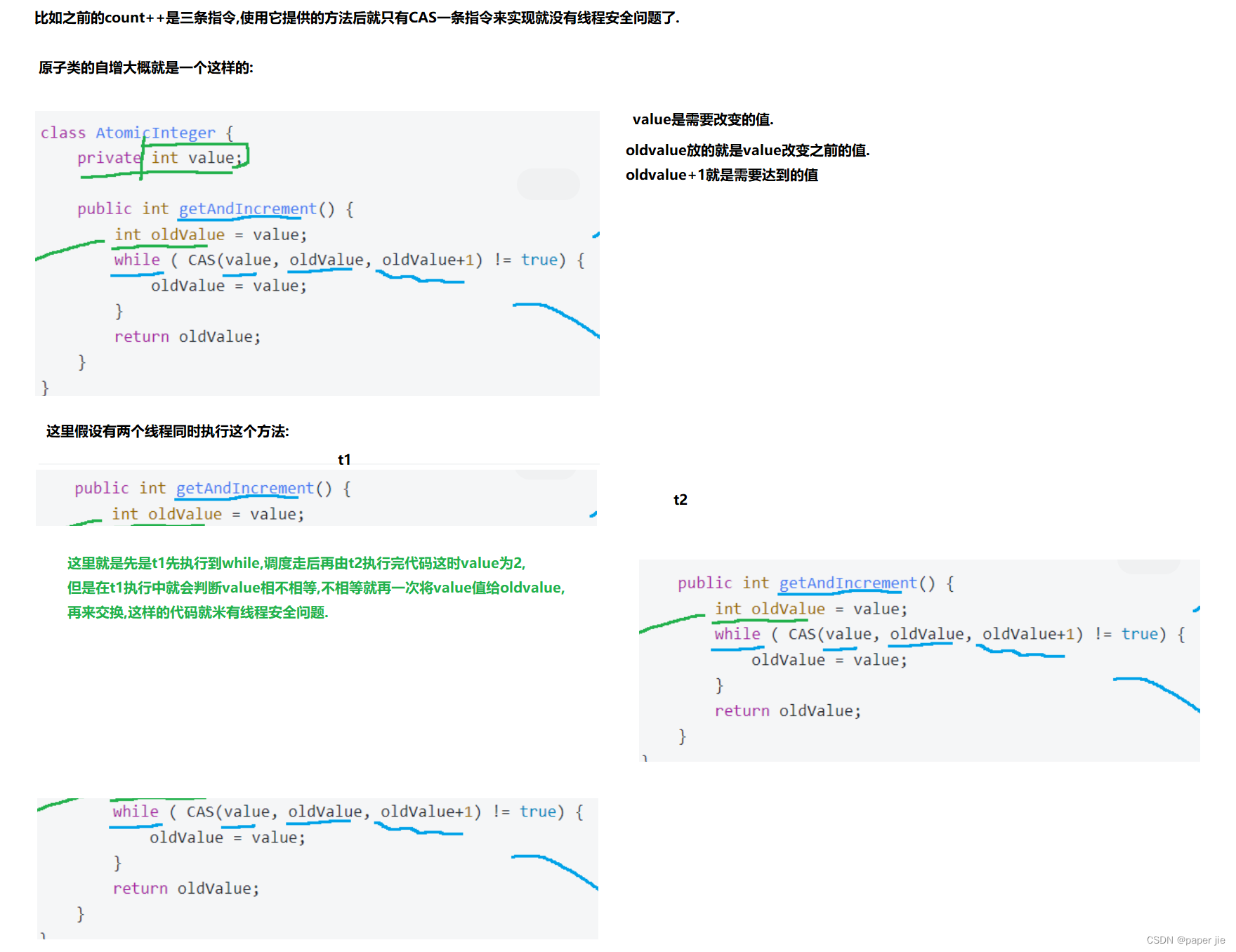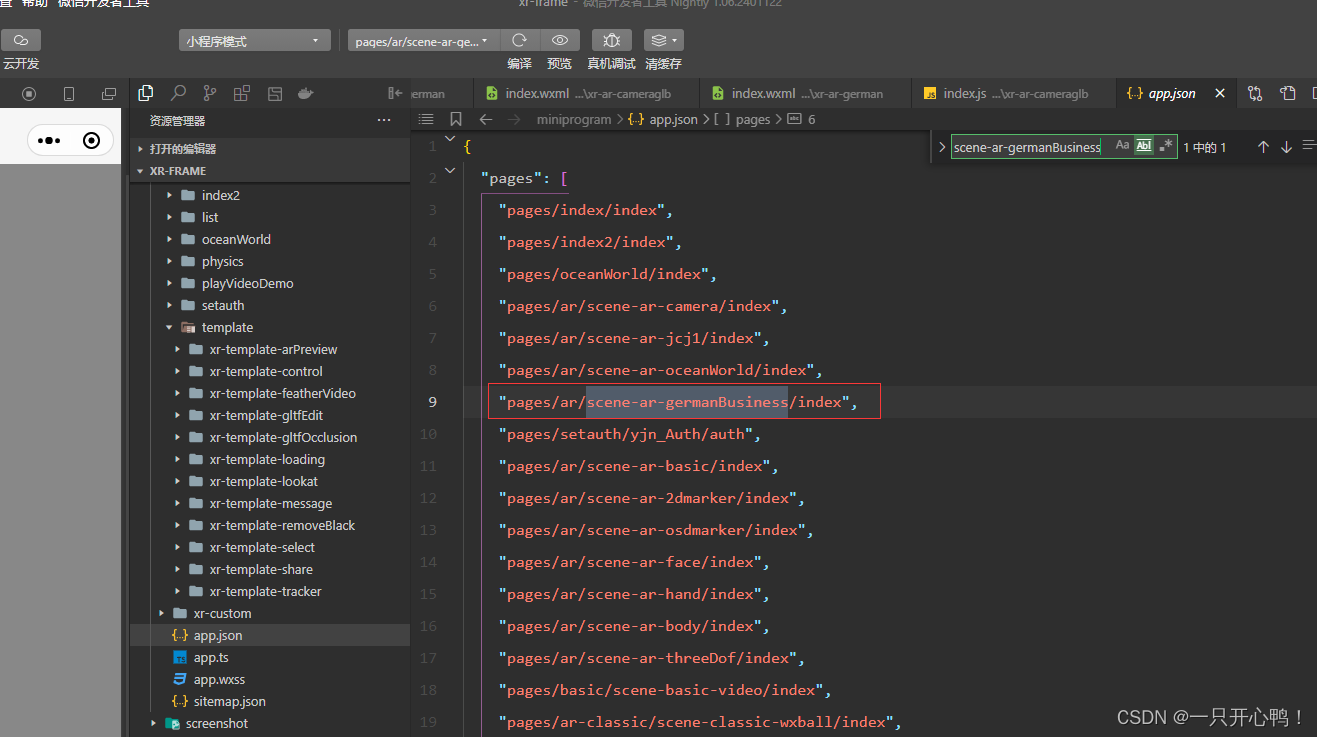1. 引言
在Web应用中,文件上传和下载是常见的需求。Spring Boot框架提供了强大的支持和便利的API,使得开发者可以轻松地实现文件上传和下载功能。本文将详细介绍如何在Spring Boot应用中实现文件上传和下载,包括实现原理和完整的代码示例。

2. 文件上传
2.1 添加依赖
首先,确保你的pom.xml文件中包含了Spring Boot的Web Starter依赖。这个依赖会包含实现文件上传所需的Servlet和相关类。
<dependency>
<groupId>org.springframework.boot</groupId>
<artifactId>spring-boot-starter-web</artifactId>
</dependency>
2.2 配置文件上传大小限制
在application.properties文件中,你可以配置文件上传的大小限制。例如,下面的配置允许上传最大为1MB的文件:
spring.servlet.multipart.max-file-size=1MB
spring.servlet.multipart.max-request-size=1MB
2.3 创建上传控制器
创建一个控制器类,用于处理文件上传请求。在这个类中,使用@PostMapping注解指定处理POST请求的方法,并使用@RequestParam("file") MultipartFile file参数接收上传的文件。
// 导入需要的包和类
import org.springframework.web.bind.annotation.*;
import org.springframework.web.multipart.MultipartFile;
import org.springframework.http.ResponseEntity;
import org.springframework.http.HttpStatus;
import org.springframework.core.io.Resource;
import org.springframework.core.io.UrlResource;
import org.springframework.core.io.InputStreamResource;
import org.springframework.beans.factory.annotation.Autowired;
import org.springframework.stereotype.Controller;
import org.springframework.web.bind.annotation.*;
import org.springframework.web.multipart.*;
// 创建文件上传控制器
@RestController
@RequestMapping("/api/upload")
public class FileUploadController {
// 处理文件上传请求的POST方法
@PostMapping("/")
public ResponseEntity<String> handleFileUpload(@RequestParam("file") MultipartFile file) {
try {
// 获取上传文件的文件名
String fileName = file.getOriginalFilename();
// 将文件保存到磁盘或执行其他操作,这里只是简单地将文件保存到静态资源目录下
file.transferTo(new File("src/main/resources/static/files/" + fileName));
return new ResponseEntity<>("文件上传成功!", HttpStatus.OK);
} catch (Exception e) {
return new ResponseEntity<>("文件上传失败:" + e.getMessage(), HttpStatus.INTERNAL_SERVER_ERROR);
}
}
}
2.4 创建下载控制器
创建一个控制器类,用于处理文件下载请求。在这个类中,我们将使用@GetMapping注解指定处理GET请求的方法,并使用@RequestParam("filename") String fileName参数接收要下载的文件名。然后,我们可以使用文件名来获取要下载的文件,并将其作为响应返回给客户端。
为了让Spring Boot能够找到静态资源(如文件),你需要在src/main/resources目录下创建一个名为static的文件夹,并在其中创建一个名为files的文件夹,用于存放要下载的文件。
import org.springframework.web.bind.annotation.*;
import org.springframework.web.multipart.MultipartFile;
import org.springframework.http.ResponseEntity;
import org.springframework.http.HttpStatus;
import org.springframework.core.io.Resource;
import org.springframework.core.io.UrlResource;
import org.springframework.core.io.InputStreamResource;
import org.springframework.beans.factory.annotation.Autowired;
import org.springframework.stereotype.Controller;
import org.springframework.web.bind.annotation.*;
import org.springframework.web.multipart.*;
// 创建文件下载控制器
@RestController
@RequestMapping("/api/download")
public class FileDownloadController {
// 处理文件下载请求的GET方法,通过文件名获取文件并返回给客户端下载
@GetMapping("/{filename:.+}")
public ResponseEntity<Resource> handleFileDownload(@PathVariable String filename) throws IOException {
// 获取要下载的文件的Resource对象,这里假设文件保存在静态资源目录下的files文件夹中
ResourceLoader resourceLoader = new ResourceLoader("classpath:");
Resource resource = resourceLoader.getResource("classpath:static/files/" + filename);
if (resource == null) {
return ResponseEntity.status(HttpStatus.NOT_FOUND).body("文件不存在");
}
// 将文件内容包装为响应体,并设置响应头信息,提示浏览器下载文件而不是打开文件
InputStreamResource inputStreamResource = new InputStreamResource(resource.getInputStream());
HttpHeaders headers = new HttpHeaders();
headers.add(HttpHeaders.CONTENT_DISPOSITION, "attachment; filename=" + filename);
return ResponseEntity.ok()
.headers(headers)
.contentType(MediaTypeFactory.getMediaType(resource))
.body(inputStreamResource);
}
}
3. 总结
通过以上步骤,你可以在Spring Boot应用中实现文件上传和下载功能。文件上传通过POST请求实现,将文件作为请求的一部分发送到服务器。文件下载通过GET请求实现,根据文件名从服务器上获取文件内容,并通过浏览器下载。在这个过程中,Spring Boot框架提供了丰富的API和便利的配置选项,使得开发者可以轻松地实现这些功能。
